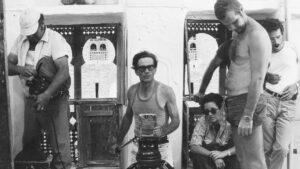“Unearthing the Dark Secrets of Germany’s WWI Corpse Factories: What History Has Forgotten”
Indeed, when the corpse factory story first began to circulate, the German government immediately suspected it was the product of accidental or deliberate mistranslation. In German, the word Kadaver refers to the carcasses of animals and not human bodies, which are instead known as Leichnam. On May 11, 1917, one day after the detailed corpse factory article appeared in l’Independence Belge, Foreign Secretary Arthur Zimmerman addressed the German Reichstag or parliament, claiming:
“No reasonable person among our enemies can have been in any uncertainty about the fact that this has to do with the bodies of animals and not of human beings. The fact that the word cadavre in French is used for human beings and animals has been exploited by our enemies. We have rectified this subtle misunderstanding, which, against its better knowledge, has been used by the enemy press to mislead public opinion. In neutral countries, in so far as there is a tangible slanderous intention, criminal proceedings will be taken.”
Several Allied newspapers – including the French Paris-Midi and American New York Times – also clued in on the mistranslation, and thus refused to credit the story. Several outlets also suggested that the whole story was an April Fool’s joke – a long-held tradition of German newspapers. Similarly, in June 1917 the London Times published a captured German Army order which made reference to a Kadaver factory. The order was issued by an organization abbreviated as VsdOK, which the Times interpreted as Verordnungs-telle or “instructions department.” Soon after, however, the German newspaper Frankfurter Zeitung revealed that it actually stood for Veterinar-Station or “veterinary station” – further suggesting that the Germans were processing horse carcasses, not human bodies.











